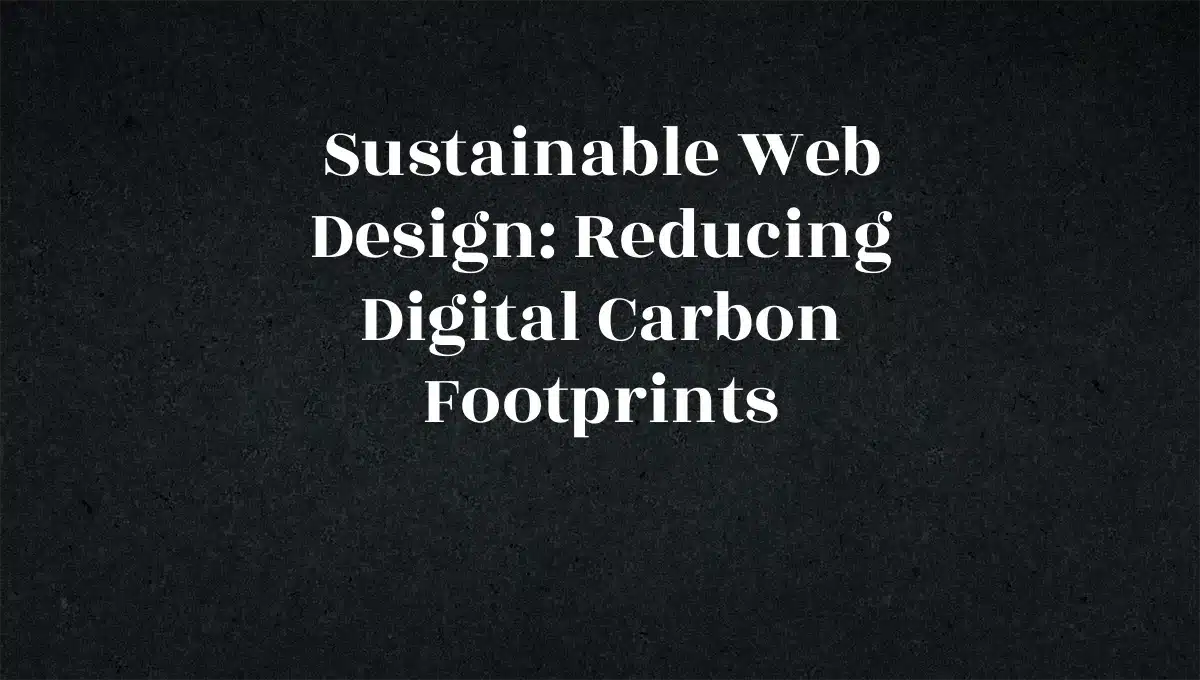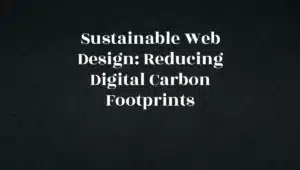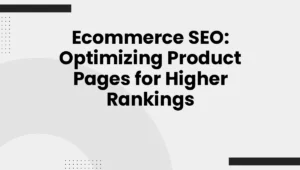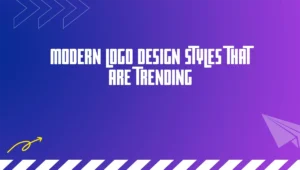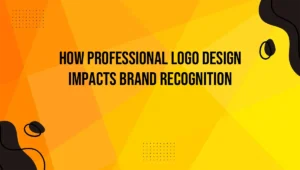Sustainable Web Design: Reducing Digital Carbon Footprints
In today’s fast-paced digital economy, sustainability is more than just a buzzword; it’s a fundamental shift in how businesses operate. As a business owner, startup founder, or marketing professional, you might think, “What does sustainability have too do with my website?” The answer is everything. Welcome to Cham Agency’s deep dive into sustainable web design, where we’ll teach you how to effectively reduce your digital carbon footprint while enhancing user experiance and boosting your brand’s credibility.
What is Digital Carbon Footprint?
Before jumping into strategies, let’s clarify what we mean by “digital carbon footprint.” Just like traditional carbon footprints from transportation or energy consumption, your digital footprint involves the energy required to power your website. Every time someone visits your site, data is transferred, stored, and processed, consuming a ample amount of electricity-often generated from fossil fuels.According to the Shift Project,digital technologies already account for 3.7% of global greenhouse gas emissions, and that number is only expected to grow.
Why Shoudl Businesses Care?
- Brand Reputation: Consumers are conscious of their impact on the planet. Companies prioritizing sustainability are often viewed as more trustworthy and innovative.According to a GlobalWebIndex study,55% of global consumers express a preference for brands that prioritize environmental obligation.
- SEO Benefits: Google is paying attention to site performance metrics, which can be positively impacted by sustainable practices. A faster, more efficient website will improve your SEO rankings.
- Cost Efficiency: Sustainable web practices frequently enough lead to more efficient systems. As your server load decreases, so too will your hosting costs.
Strategies for Sustainable Web Design
1. Optimize for Speed
Why It Matters: A faster site consumes fewer resources, resulting in a lower carbon footprint. According to Google, websites that load in under two seconds have considerably lower bounce rates.
Action Steps:
- Compress Images: Use tools like TinyPNG or ImageOptim to reduce image sizes without sacrificing quality.
- Reduce Server Requests: Limit the number of plugins on your site. Each plugin adds requests to the server that need to be processed.
- Utilize Browser Caching: Store some data on your visitors’ browsers so they don’t have to download it again on subsequent visits.
2. Go Green with Your Hosting
Why It Matters: The choice of hosting service can significantly impact your website’s carbon footprint.
Action Steps:
- Choose Renewable Energy: Opt for hosting providers that use renewable energy sources. Companies like GreenGeeks and A2 Hosting power their operations with wind or solar energy.
- Select Cloud Hosting: Traditional servers can be power-hungry. Cloud-based hosting distributes resources more efficiently, minimizing energy waste.
3. design for user Experience (UX)
Why It matters: Good UX is synonymous with efficient design. The less elaborate your site is, the less processing power it requires.
Action Steps:
- Simplify navigation: Create a clear, logical menu structure to help users find what they need quickly.
- Use Responsive Design: Ensure your website is easily accessible across all devices. Google ranks faster, mobile-pleasant websites higher in search results.
- Implement Lazy Loading: This will delay loading images untill they are scrolled into view, keeping the initial load lighter.
4. Embrace Minimalism
Why It Matters: The simpler the design, the less code is required-leading to faster loading times and a reduced carbon footprint.
Action Steps:
- Limit Color Palettes: Stick to a few primary colors to make design decisions simpler and your overall site more efficient.
- avoid Overly Complicated Animations: While flashy elements can look great,they often consume more energy. Consider this: does this animation truly add value, or is it just eye candy?
5. Measure and Adapt
Why it Matters: You can’t improve what you don’t measure. Regularly assess your website’s performance and carbon footprint.
Action Steps:
- Use Tools: Implement analytics tools like Google PageSpeed Insights and GTmetrix to measure your website’s performance and optimize it accordingly.
- Set Sustainability Goals: Regularly review your goals around web sustainability, and iteratively improve based on data collected.
Case Study: Patagonia’s Digital Commitment
let’s take a fast look at Patagonia, a brand known not just for its premium outdoor gear but also for its strong commitment to sustainability. Their website is designed with minimalism in mind-reduced load times and a focus on storytelling rather than overwhelming visuals. They actively promote their environmental initiatives, effectively weaving sustainability into their brand narrative.
By observing companies like Patagonia, you can glean valuable insights into how a commitment to sustainability enhances brand loyalty and generates significant commercial success.
Conclusion: The Future is Sustainable
As we continue to navigate a world increasingly concerned with climate change, sustainable web design is no longer just a trend; it’s a necessity. Reducing your digital carbon footprint is achievable with thoughtful strategies and techniques that enhance user experience, strengthen your brand, and potentially cut costs.
At Cham Agency, we believe that integrating sustainability into web design isn’t just about compliance or image; it’s about creating a future where business success and environmental responsibility go hand in hand.
Ready to make a difference? Let’s embark on this sustainable journey together-contact us today and let’s redefine your brand’s digital presence sustainably. Remember, every click counts.
By focusing on these actionable strategies, you take the first steps not merely toward an optimized digital presence but also a sustainable future for your business. It’s time we all did our part-one website at a time.


